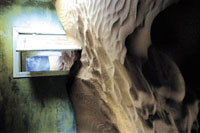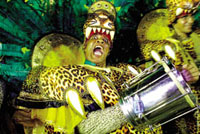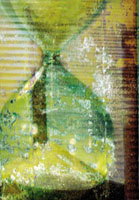Digital Stock
Is The Spec Image Going The Digital Route
In November photographer
Frank Siteman received an announcement from the stock agency Photo Edit
of Long Beach, California, that they no longer wanted film, only digital
files, and they had to come from 6-megapixel cameras or scans that produce
an 18MB Photoshop file. For Siteman, who works primarily with a Kodak/Canon
DCS 560 ("the cat's meow"), the news was groundbreaking.
For others it was chilling. |
|||
The Digital Switch Just One, Or Many? |
|||
Go Direct? |
|||
Big File Sizes |
|||
Digital On The Rise Profits From Digital Stock |






































